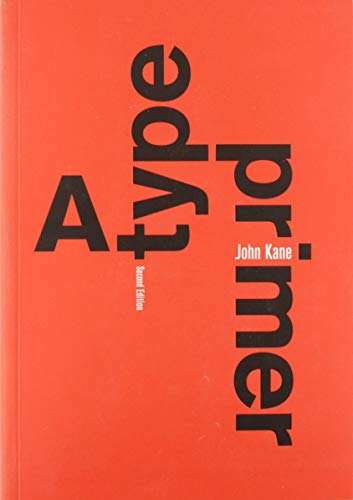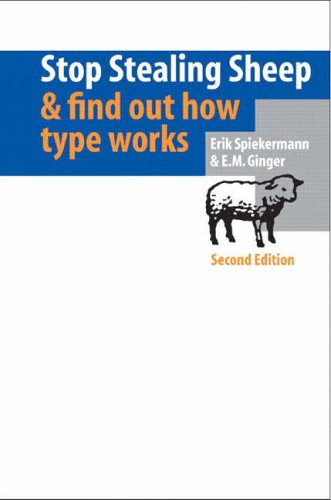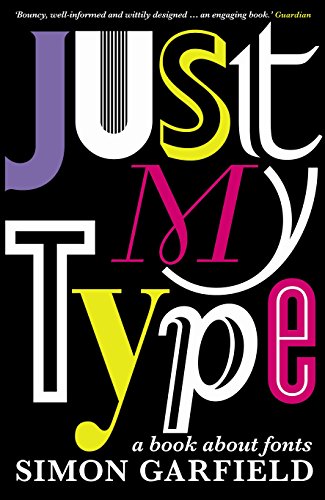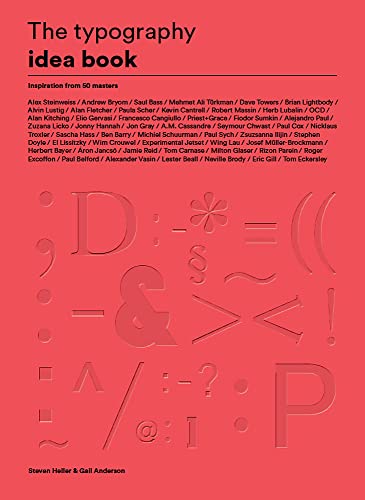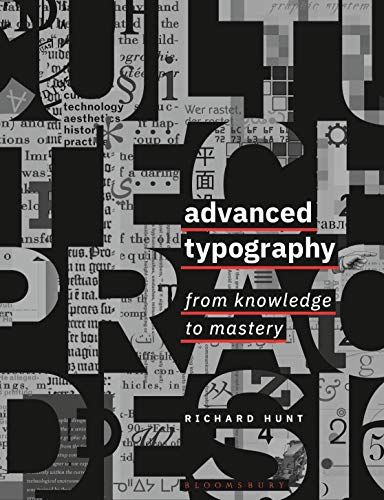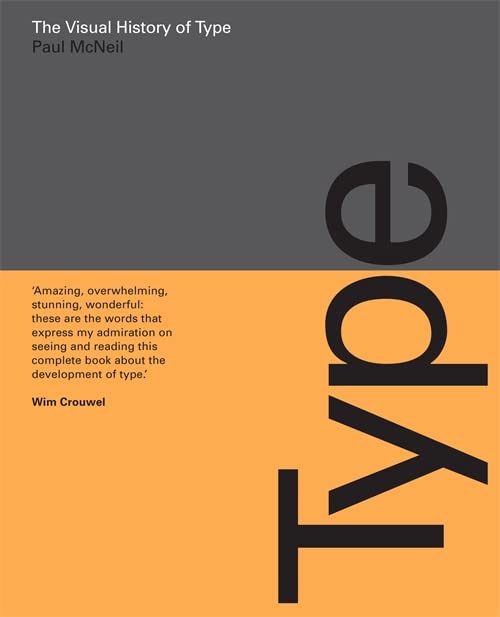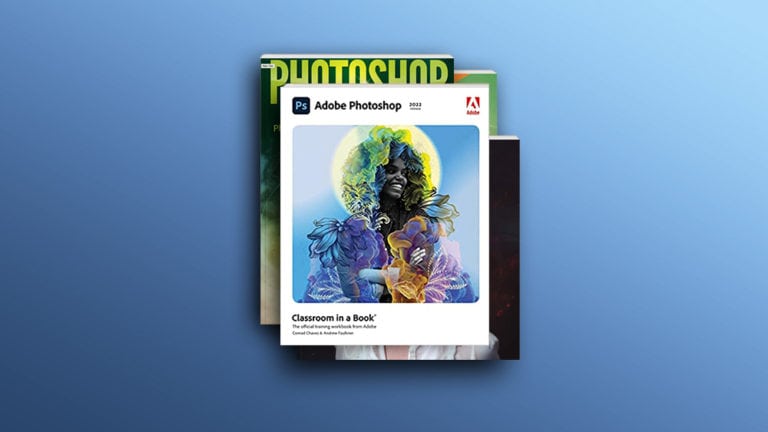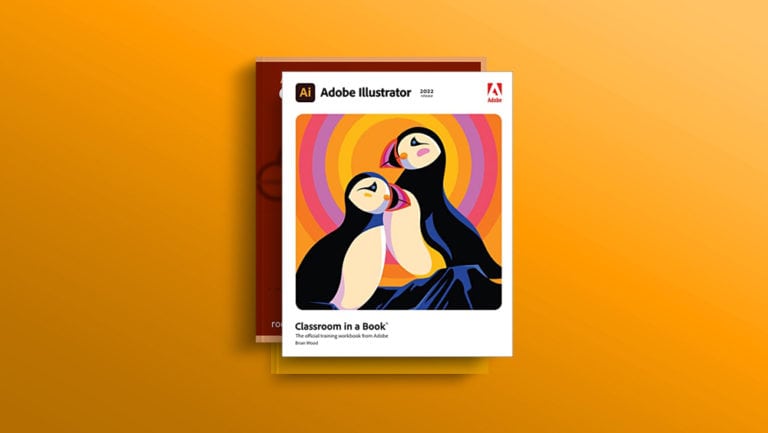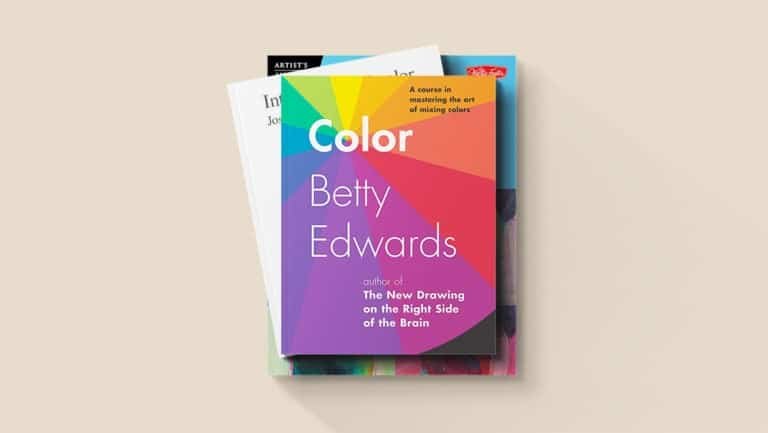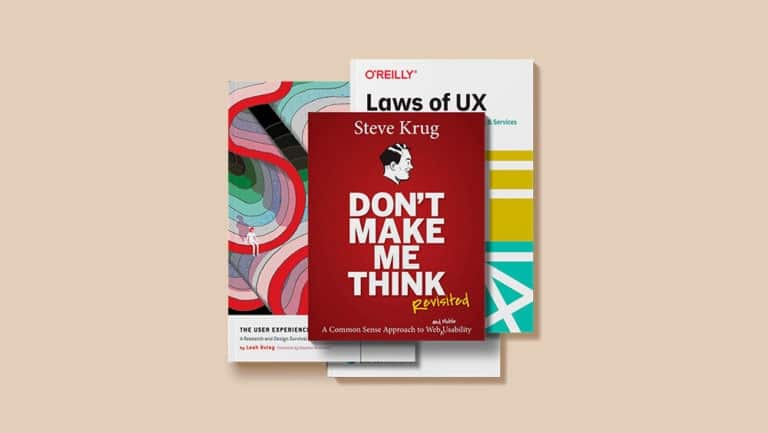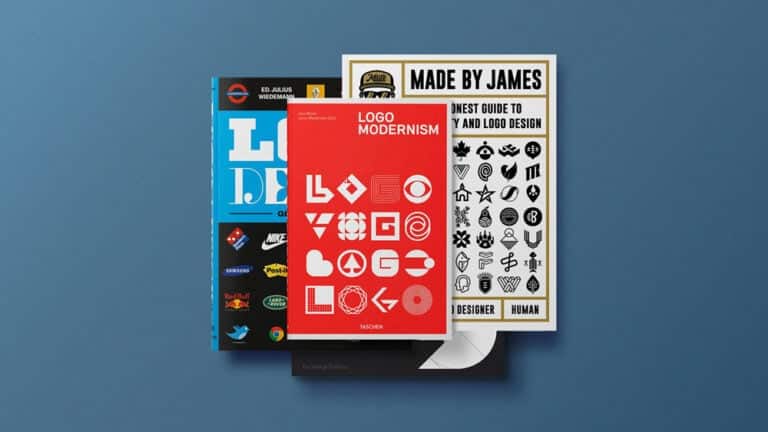The best typography books
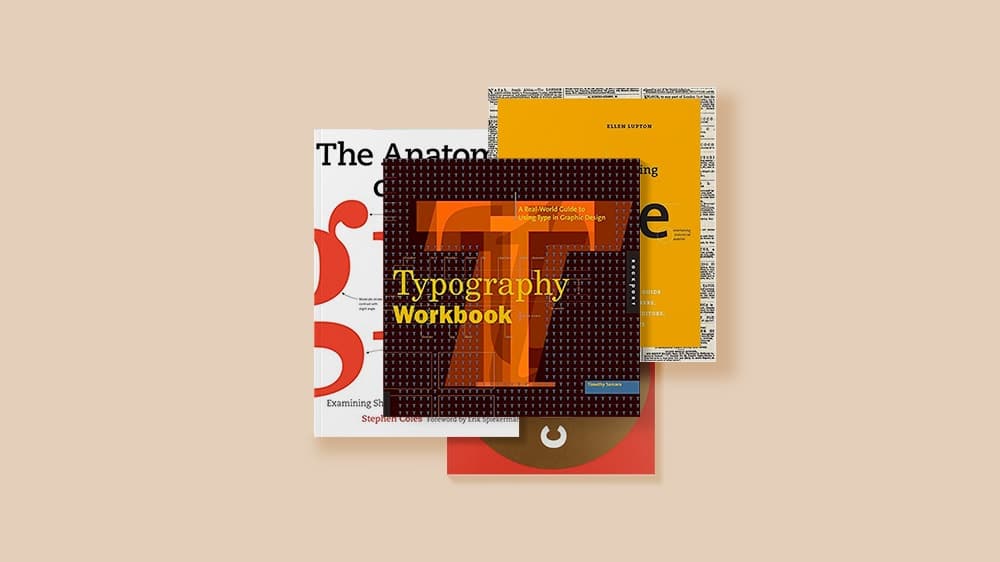
The knowledge and use of typography is a skill that every graphic designer should master. However, the information found on the web is sometimes confusing and even contradictory.
With this selection of the best books on typography, you will be able to establish solid criteria that will allow you to analyse and make your own creative decisions about typography. Moreover, all of them are written by designers and typographers with proven track records and experience.
Throughout my career I have read dozens of books on typography and, although it is inevitable that some information about typography coincides from one book to another (parts of a typeface, history of typography, etc.), I have made a selection of books that stand out for some particular aspect.
The 8 best typography books of 2024
1. Thinking with Type
Last price update on 2023-05-11. We earn a commission if you make a purchase, at no additional cost to you.
The most comprehensive typography book
Thinking with Type is an essential book for any graphic designer, offering an in-depth exploration of the history, principles, and practice of typography.
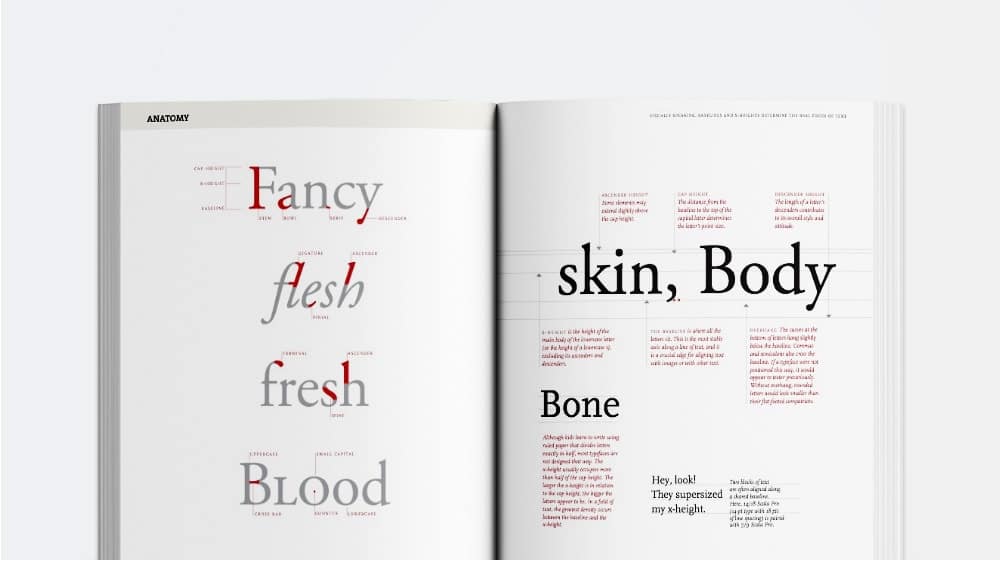
Ellen Lupton, the author of the book, is a professor of graphic design and has published several books on graphic design, such as Graphic Design: The New Basics or Design as Storytelling and Intuition, Action, Creation.
“This is not a book about fonts. It’s a book about how to use them.”
Ellen Lupton, author of Thinking with Type
In the book, Ellen discusses topics such as type anatomy, letter spacing and typographic classifications, as well as guidelines on how to use typefaces effectively in design. In addition, the book provides an overview of the history and evolution of typography, which helps designers better understand the subject.
Is “Thinking with Type” worth it?
This is the most complete book on typography, as it touches on all topics related to typography, helping you to acquire a global vision of its fundamentals and to develop your criteria and skills to make effective typographic decisions.
View on Amazon2. A Type Primer
- Auttor: John Kane
- Paperback: 240 pages
- Language: English
Last price update on 2023-05-11. We earn a commission if you make a purchase, at no additional cost to you.
The best book on the principles and applications of typography
Understanding how to use typefaces correctly is an unfinished business for many designers, which is why A Type Primer is especially valuable.
If this manual stands out for anything, it is because in its pages you will find the essential theoretical and practical principles to support your choice of typefaces. In addition, you will learn the parts of the letters, the different existing types, how to combine them and how to compose them on a page using a grid system.
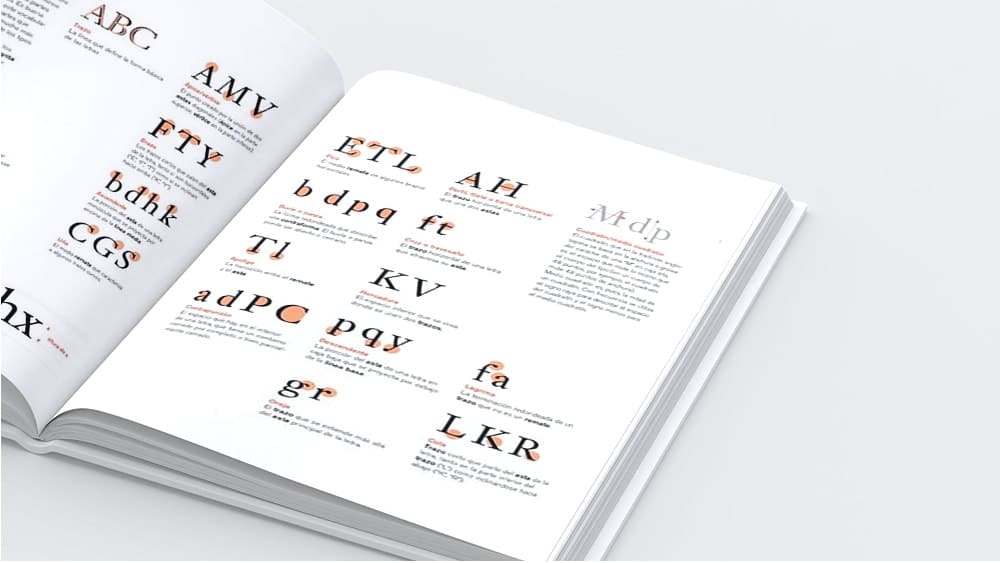
The book’s author, John Kane, also provides a historical and cultural perspective on the use of typefaces, as well as numerous examples and exercises to help you understand and assimilate what you have learned.
Is “A Type Primer” worth it?
A Type Primer is an introduction to everything any student or professional designer should know about typography. Undoubtedly, a reference book for your graphic design library.
View on Amazon3. Typography Workbook
Last price update on 2023-05-11. We earn a commission if you make a purchase, at no additional cost to you.
The best practical book on typography
Typography Workbook is a complete guide with a 100% practical approach, aimed at graphic designers who want to improve their typographic skills. The best thing about this book is that it is very easy to follow and includes numerous examples of the different aspects you should pay attention to when using typography, whether to create editorial designs, advertisements, or web pages.
Its author is Timothy Samara, a renowned graphic designer and educator with more than 25 years dedicated to the study of typography. Timothy has taught typography and graphic design courses at universities and design schools throughout the United States and abroad. He has also published other books on graphic design and typography, including Letterforms: Typeface Design from Past to Future and Design Elements: A Graphic Style Manual.

Typography Workbook is divided into 2 main blocks that address the basics of typography and how to use it in practice. In the first part of the book you will learn how to analyse typefaces, their shapes, variations, spacing, hierarchies, etc. In the second part, you will understand how to apply what you have learned to books, brochures, advertisements, websites, signs, packaging, visual identities and many other media.
In addition to all this, many chapters include interviews with specialists in each area who bring a unique point of view as well as additional insights. On the other hand, if you are looking for a book with a history of typography, you will find very little in this one.
Is “Typography Workbook” worth it?
This is one of those books worth having on hand whatever your experience as a designer, because it has dozens of examples that can help you solve a specific typographic design question or problem at any given time.
View on Amazon4. The Anatomy of Type
- Author: Stephen Coles
- Paperback: 256 pages
- Language: English
Last price update on 2023-05-11. We earn a commission if you make a purchase, at no additional cost to you.
The best book on typography anatomy
The Anatomy of Type is an illustrated guide to typography families, how they are classified, the elements that define them, how they are similar and how they differ from each other, their designers, etc. The book analyses more than 100 typefaces through a simple language and numerous explanatory graphics.
Its author is Stephen Coles, type designer, typographer, and writer. He has worked as an editor at Typographica and Print Magazine and is co-founder of Fonts In Use, a website dedicated to typography in the real world. He is also the author of several books on the subject, such as the one I bring you here.

This isn’t a book focused on the practical application of typefaces, like Typography Workbook. Instead, it focuses on teaching you how to differentiate the details that make up the parts and anatomy of each typeface family and the typefaces that compose them. If you are just starting out in the world of typography, it is best to start with Thinking in Type and Typography Workbook.
Is “The Anatomy of Type” worth it?
The Anatomy of Type is a reference book to always have at hand when you want to consult the nuances and differences between the most popular typefaces. It can help you to become familiar with typefaces, to acquire the language and the fundamental criteria for working with them. In any case, I consider it a book for designers who already have a good knowledge of typefaces.
View on Amazon5. Stop Stealing Sheep & Find Out How Type Works
- Author: Erik Spiekermann & E.M. Ginger
- Paperback: 192 pages
- Language: English
Last price update on 2023-05-11. We earn a commission if you make a purchase, at no additional cost to you.
The best typography book for beginners
Stop Stealing Sheep & Find Out How Type Works is a comprehensive guide to the basics of typography, explained simply and with everyday examples. In addition, in this latest edition, several examples have been updated and others from the digital world have been included. The content of some chapters has also been expanded, making it a much more complete book.
The book is written by Erik Spiekermann and E.M. Ginger, both authors of several books on typography. Erik is a well-known graphic designer and author, as I have already mentioned. For her part, E.M. Ginger is a teacher, writer and designer, with over 20 years of experience.
“Typography is not an art for a select few, but a powerful tool for anyone who has something to say and needs to say it in print or on a screen.”
Erik Spiekermann and E.M. Ginger
Always with easy-to-follow instructions and examples, the book covers diverse topics such as typographic anatomy, typeface classifications, letter spacing, and how to combine typefaces effectively. Over the course of 10 chapters, you will learn the basics of designing multipage documents, creating attractive layouts, and using type effectively in design.
This book takes a hands-on approach, similar to the Typography Workbook. For me, the difference between the two is that Stop Stealing Sheep & Find Out How Type Works focuses more on explaining examples with a touch of humor and yet Typography Workbook is more of a practical reference book.
Is “Stop Stealing Sheep & Find Out How Type Works” worth it?
If this is your first contact with the world of typography, this is a good book to start with as it is quite enjoyable to read, both for the large number of real-world examples, as well as for its simplicity and sense of humor.
View on Amazon6. Just My Type
- Author: Simon Garfield
- Paperback: 384 pages
- Language: English
Last price update on 2023-05-11. We earn a commission if you make a purchase, at no additional cost to you.
The best book to know the history behind each typography
Just my Type narrates in a very entertaining way the history and evolution of the most popular typefaces, such as Helvetica, Gill Sans, Futura, Gotham and Comic Sans.
The author of the book is Simon Garfield, an English writer and journalist who has worked for The Guardian, The Independent, The Times, and The Observer. He is also the author of several books on the history of English language and culture, including The Wrestling, Our Hidden Lives and The Last Journey of William Huskisson.
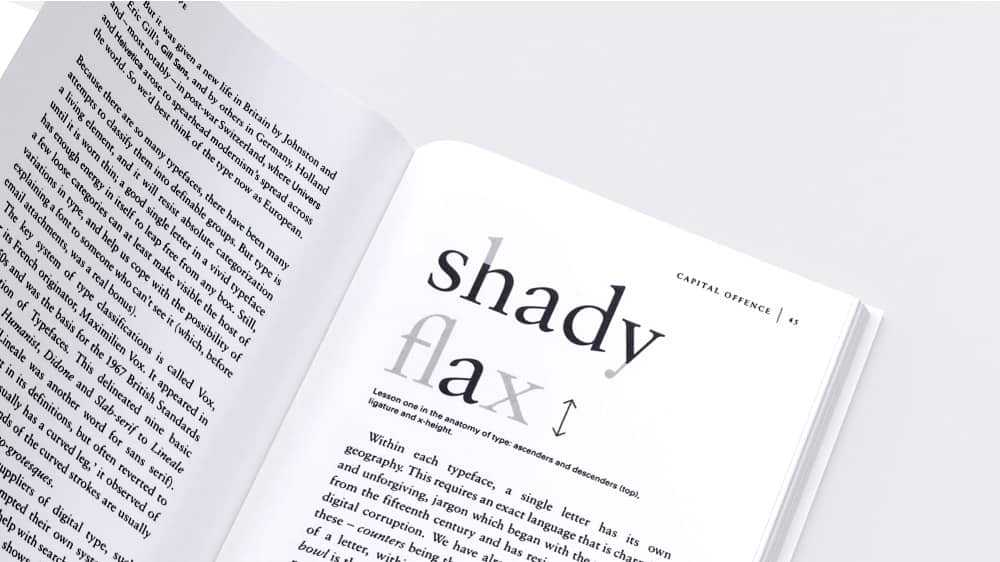
It’s a good book to understand the context and decisions that led the designers of the best-known typographies to create them the way we know them. However, keep in mind that it is a book that focuses on telling these stories and not so much on showing visual examples, analyzing font anatomy or typographic compositions.
Is “Just my type” worth it?
I find this book very useful to understand the practical use of typefaces, as you will learn about the problems and decision-making that led to the creation of some of the most famous typefaces in modern history.
View on Amazon7. The typography idea book
- Author: Steven Heller, Gail Anderson
- Paperback: 128 pages
- Language: English
Last price update on 2023-03-29. We earn a commission if you make a purchase, at no additional cost to you.
The best book to get inspired with very diverse examples
The Typography Idea Book is a guide that explores typographic design through 50 examples of creative applications that make up the 50 chapters of the book. In addition, all the examples are of a different artistic style, which makes you think of new typographic solutions.
The authors are Steven Heller and Gail Anderson. The former is an American art director, author and editor, co-chairs the Department of Design at the School of Visual Arts in New York and has written numerous books on design and the visual arts. Gail, meanwhile, is creative director of Anderson Newton Design and has written several books on design.

The best thing about the book is that, in each example, the authors explain how the typefaces were used to create the visual solutions depicted and the underlying typographic principles or resources. That said, some of those explanations are brief or address the example in a very generic way. Sometimes you are left wanting to see more examples, but it always points you to the author, so you can then look for more of their work.
Is “The Typography Idea Book” worth it?
This book focuses on the more creative side of typographic design through fifty explained examples, with which you will acquire the inspiration and the fundamental knowledge base to create your own creative visual solutions. In my opinion, it is a good book for beginners, although it can be inspiring at any stage of your career.
View on Amazon8. The Elements of Typographic Style
- Author: Robert Bringhurst
- Paperback: 382 pages
- Language: English
Last price update on 2023-05-11. We earn a commission if you make a purchase, at no additional cost to you.
The best classic book on typography
The Elements of Typographic Style is a classic on the principles of typography and, for many, a reference book on typefaces, glyphs, and the visual and geometric arrangement of type. However, for me, it is a book of its time, with a lot of history in each explanation and few illustrations and graphics.
Its author is Robert Bringhurst, a professor at the University of Victoria (British Columbia, Canada) and a distinguished typographer, poet, translator, and language scholar. Throughout 10 chapters, Robert explains the history and use of typography, from the basics of kerning and spacing to more advanced concepts such as grid design.
The language the author uses is clear, and the advice is well thought out. However, he sometimes goes too long on concepts that are explained more nimbly in other more modern books in this guide, such as Thinking with Type, A Type Primer or Typography Workbook. That said, the book will provide you with a thorough understanding of typography that will serve as a foundation for developing your skills in this field.
Is “The Elements of Typographic Style” worth it?
This book is a classic that is worth a look and, in fact, many of the more modern books draw heavily from it. But you have to be aware that you have to look at it through the eyes of the time, as today’s books are much quicker and more practical to read.
View on AmazonTop 5 best-selling books on typography of 2024
Last price update on 2023-01-02. We earn a commission if you make a purchase, at no additional cost to you.
How to choose the best typography book for you
What aspects of typography do you want to focus on?
There are several types of books on typography, and before deciding on one or another, it is important to understand what the book is about and what you can expect to find in it.
There are books on typography that focus on the history of typography, others delve into the anatomy of typefaces and how to tell them apart, while many others are a catalogue of references, intended to inspire you as a creator.
There are also some books that aim to give an overview of the subject and include a bit of each of the above aspects, but in that case you should consider whether the book has the level of depth and detail you are looking for.
Level of depth and detail on the subject
Another aspect to consider is the level of detail and depth that the book provides on the topic. If you are just starting to get into the world of typography, surely a general book or one that covers basic aspects of the subject is the most suitable for you, since there are concepts that you are still unfamiliar with and a more complex book can be heavy to read.
On the other hand, if you are already an experienced graphic designer or typographer, you will probably find more useful a book that goes deeper into the aspect of typography you want to investigate and, therefore, covers more advanced concepts.
Who is its author
Today you can find a wider range of books than ever before, but not everything that is published has a good level of quality. Knowing who the author of a book is can help you understand the type of content you can find, its validity and currency.
The price
Of course, one of the most important considerations is price. The price of a book doesn’t necessarily correspond to the value it can bring you, especially. To avoid surprises, user reviews or articles like this one help you find out a little more about each book, so you know if it fits your budget and your needs.


